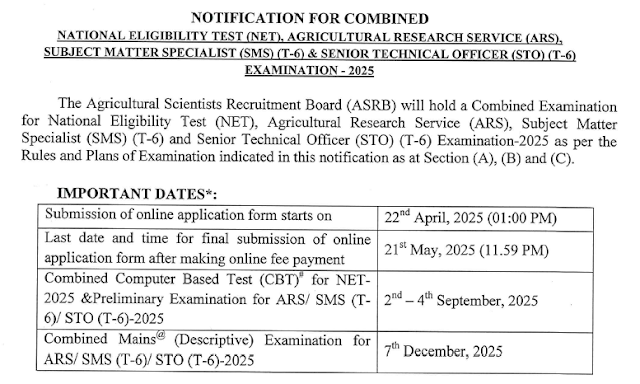How to Check if You Are Overweight or Underweight: A Comprehensive Guide
Introduction: Understanding whether your body weight falls within a healthy range is essential for maintaining good health. While the number on the scale is often the first indicator we look at, weight alone doesn't tell the full story. In this blog post, we'll discuss effective methods to determine if you're overweight, underweight, or within a healthy weight range, and why it's important to keep track of these numbers.
What is a Healthy Weight?
Before we dive into the methods, it's important to understand what defines a "healthy weight." A healthy weight can be different for each person depending on various factors such as age, gender, muscle mass, and overall body composition. However, a commonly used guideline is the Body Mass Index (BMI), which provides a quick and simple way to assess whether you're within a healthy weight range.
1. Understanding the Body Mass Index (BMI)
The BMI is a number derived from your height and weight. It’s widely used to classify individuals into different categories:
- Underweight: BMI less than 18.5
- Normal weight: BMI 18.5 - 24.9
- Overweight: BMI 25 - 29.9
- Obesity: BMI 30 or higher
How to Calculate Your BMI: You can calculate your BMI by using this formula:
Or, you can use a BMI calculator available online.
Limitations of BMI: Although BMI is a useful tool, it has limitations. It doesn't take into account body composition (e.g., muscle vs. fat). For instance, an athlete with a lot of muscle mass might have a higher BMI but be in great shape. That's why it’s important to consider other methods for a more complete assessment. According to the World Health Organization (WHO), BMI doesn't differentiate between fat and muscle, which can sometimes mislead conclusions about a person's health [source: WHO, "Obesity: Preventing and Managing the Global Epidemic," 2000].
2. Waist-to-Hip Ratio (WHR)
The Waist-to-Hip Ratio is another way to measure if your body fat distribution might pose a health risk. It focuses on where your body stores fat — around your waist (abdominal fat) vs. your hips.
How to Calculate WHR: Measure your waist circumference at its narrowest point, and your hip circumference at its widest point. Then divide your waist measurement by your hip measurement.
- For women: A WHR of 0.85 or less is considered healthy.
- For men: A WHR of 0.90 or less is considered healthy.
A higher WHR may indicate a higher risk of heart disease and other health issues, even if your BMI is within the normal range. Research published in the International Journal of Obesity highlights that abdominal fat is a stronger predictor of health risks than overall BMI [source: International Journal of Obesity, 2009].
3. Body Fat Percentage
Body fat percentage gives a more accurate picture of your body composition by telling you what portion of your weight is fat. This method requires more advanced tools like calipers or a body fat scale that uses bioelectrical impedance.
- For women: A healthy body fat percentage typically ranges between 21-33%.
- For men: A healthy body fat percentage typically ranges between 8-19%.
A body fat percentage that is too high or too low can lead to health problems. Too much body fat can increase the risk of heart disease and diabetes, while too little can cause issues such as hormonal imbalances and weakened immunity. According to the American Council on Exercise (ACE), maintaining an optimal body fat percentage is important for both performance and overall health [source: ACE, "How to Calculate Body Fat Percentage," 2021].
4. Waist Circumference
Measuring your waist is another simple way to check if you are at risk of certain health problems associated with excess weight. Carrying extra weight around your abdomen (visceral fat) increases the risk of conditions like type 2 diabetes and heart disease.
Guidelines:
- For women: A waist measurement over 35 inches (88 cm) may indicate a higher health risk.
- For men: A waist measurement over 40 inches (102 cm) may indicate a higher health risk. The National Institutes of Health (NIH) recommends these measurements as part of assessing abdominal obesity, which is associated with greater health risks [source: NIH, "Waist Circumference and Waist-to-Hip Ratio," 2020].
5. Consult with a Healthcare Provider
While these methods can give you a general idea of your weight status, the most accurate assessment often comes from a healthcare professional. Your doctor can evaluate your overall health, provide additional tests (e.g., cholesterol levels, blood pressure), and offer personalized recommendations for maintaining a healthy weight.
Why Does It Matter?
Maintaining a healthy weight isn't just about looking good — it's about feeling good and reducing your risk for chronic diseases. Being overweight or obese increases the risk of heart disease, diabetes, and certain cancers, while being underweight can lead to issues such as malnutrition, weakened immune system, and fertility problems. According to the Centers for Disease Control and Prevention (CDC), obesity-related conditions include heart disease, stroke, type 2 diabetes, and certain types of cancer [source: CDC, "Overweight and Obesity," 2021]. Therefore, finding your ideal weight range is crucial for living a longer, healthier life.
Conclusion:
Checking if you're overweight or underweight involves a combination of methods, from BMI and WHR to body fat percentage and waist circumference. While these are helpful tools, it's important to remember that the most accurate assessment comes from a comprehensive look at your overall health. If you're unsure where you stand, consider seeking advice from a healthcare professional to ensure you’re on the right track.
Remember, your health is a journey — not a destination. Be patient, listen to your body, and make gradual changes for a better, healthier life.
Let’s Connect! What method do you find most helpful for tracking your weight? Share your thoughts in the comments, or reach out to me through my blog !



Comments